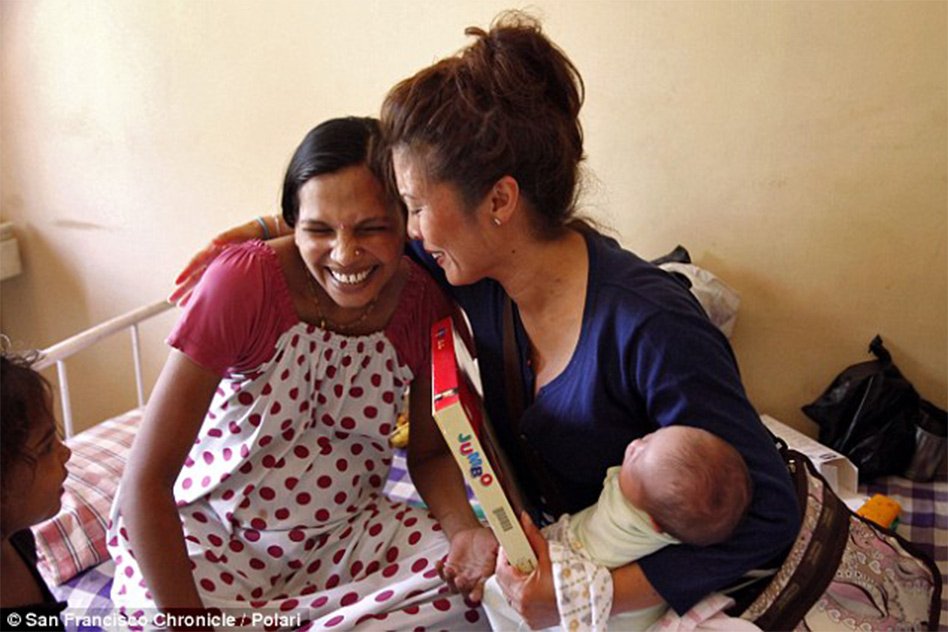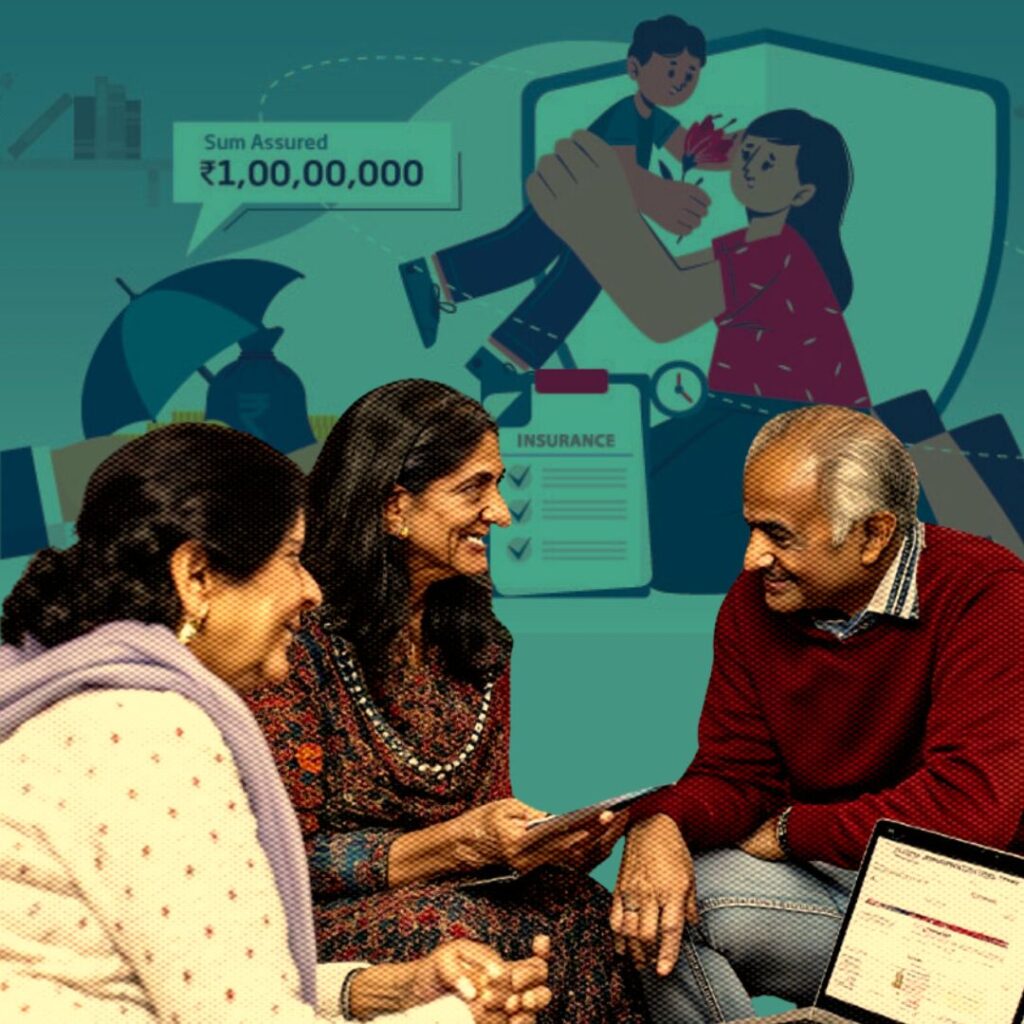Image Source: http://anglicanmainstream.org
Commercial gestational surrogacy, in which a woman is paid to have a baby to whom she has no genetic link, is a growing trend in some countries such as Mexico and India.
In most of the countries world over, the woman giving birth to a child is considered as the child’s legal mother. However, in very few countries, the intended Parents are recognized as the legal parents from birth by the virtue of the fact that the surrogate has contracted to give the birth of the Child for the commissioned Parents.
WHY IS INDIA PREFERRED FOR SURROGACY?
After the first surrogate delivery in India in June 1994, India has steadily emerged as an international destination for commercial surrogacy. A study backed by the United Nations in July 2012 estimated the business at more than $400 million a year, with over 3,000 fertility clinics across India.
Commercial surrogacy became legal in India in 2002. Relatively inexpensive medical facilities, know-how in reproductive technology, and the availability of women, largely from poor socio-economic situations and who are willing to take up the task, have aided the growth of surrogacy in India. The cost of the procedure in India is roughly a third of the price being charged in the UK and only around a fifth of what it costs in the United States.
 (California’s Steve and Jennifer Kowalski paid $25,000 for an Indian surrogate Manisha Parmar to have their child, Gujarat || Image: dailymail.co.uk)
(California’s Steve and Jennifer Kowalski paid $25,000 for an Indian surrogate Manisha Parmar to have their child, Gujarat || Image: dailymail.co.uk)
Indian clinics are at the same time becoming more competitive, not just in the pricing, but in the hiring and retention of Indian females as surrogates.
Moreover, the legal environment here is favourable. In fact, there is no law as such to govern surrogacy in India with the Artificial Reproductive Technique (ART) Bill, 2013, still pending with Parliament. The agreement between the parties decides on the legal fate of the procedure.
ANAND – LEADING THE SURROGACY INDUSTRY IN INDIA
Anand, a small district in Gujarat, has emerged as the surrogacy hub of India with surrogacy homes have coming up here providing a stay to the surrogates during the pregnancy period when she requires care and attention.
Dr Nayna Patel, the medical director of the Akanksha Infertility Clinic in Anand, says that an additional factor in favour of India is that the poor rural women generally lead clean-living lifestyles.
The surrogates are considered trustworthy, committed, and the vices like drugs, smoking, and drinking are not seen amongst women, says Dr Patel. They are screened and selected based on having a healthy uterus. The clinic pays surrogates almost 400,000 rupees (£3,860) for carrying a child. The money paid to surrogate women, coming from poor backgrounds, has had a huge economic impact on their lifestyles and families.
However, the picture is not this gloomy everywhere. Many surrogacy agencies claim they are offering a legitimate service but in truth they operate in a grey area. The absence of appropriate legal provisions to ensure that surrogate mothers, who often enter into loosely drafted agreements with commissioning parents, do not become vulnerable is a serious issue.
Also, there have been instances in the past when a childless couple and the child born through surrogacy got caught in legal tangles.
Image : Reuters
ETHICAL ISSUES
Ethical issues that have been raised with regards to surrogacy include-
• To what extent is it a woman’s right to make contracts regarding the use of her body? Is contracting for surrogacy more like contracting for employment/labour, or more like contracting for prostitution/slavery?
• Is it possible to socially or legally provide for the recognition of multiple mothers?
• Should a child born via surrogacy have the right to know the identity of the people involved in that child’s conception and delivery?
• In most of the cases in India, there are large wealth and power differences between the intended parents and the surrogates. This opens the possibility of exploitation of the poor surrogates. Also, it may lead to turning of impoverished women into baby-producers.
• The possibility of selective breeding.
Surrogates engage in various distancing techniques during pregnancy to ensure that they do not become emotionally attached to the baby. A study by the Family and Child Psychology Research Centre at City University London in 2002 concluded that surrogate mothers rarely had difficulty relinquishing rights to a surrogate child, quite contrary to popular expectations. Instead, an overwhelming majority described feeling empowered by their surrogacy experience.
Image: bbc.com
LEGAL STATUS
The Indian Council of Medical Research (ICMR) finalised the guidelines for ART Clinics in India in 2005. In 2008, the Supreme Court in the Manji’s case (Japanese Baby) held that commercial surrogacy is permitted in India with a direction to the Legislature to pass an appropriate Law governing Surrogacy in India. Thereafter, the draft ART Bills of 2008, 2010 and 2013, came up and were stated to be revised based on the recommendations of the Ministry of Law and Justice.
The Law Commission of India has submitted its 228th Report on “NEED FOR LEGISLATION TO REGULATE ASSISTED REPRODUCTIVE TECHNOLOGY CLINICS AS WELL AS RIGHTS AND OBLIGATIONS OF PARTIES TO A SURROGACY.” The report made the following observations-
(a) Surrogacy arrangement will continue to be governed by contract amongst parties, containing all the terms requiring consent of surrogate mother to bear child, agreement of her husband and other family members, medical procedures of artificial insemination, reimbursement of all reasonable expenses for carrying child to full term, willingness to hand over the child born to the commissioning parent(s), etc. But such an arrangement should not be for commercial purposes.
(b) A surrogacy arrangement should provide for financial support for surrogate child in the event of death of the commissioning couple or individual before delivery of the child, or divorce between the couple and subsequent unwillingness of both to take delivery of the child.
(c) One of the intended parents should be a donor as well, because the bond of love and affection with a child primarily emanates from biological relationship. Also, the chances of various kinds of child-abuse, which have been noticed in cases of adoptions, will be reduced. In case the intended parent is single, he or she should be a donor to be able to have a surrogate child. Otherwise, adoption is the way to have a child which is resorted to if biological (natural) parents and adoptive parents are different.
(d) Legislation itself should recognize a surrogate child to be the legitimate child of the commissioning parent(s) without there being any need for adoption or even declaration of guardian.
(e) The birth certificate of the surrogate child should contain the name(s) of the commissioning parent(s) only.
(f) Right to privacy of donor as well as surrogate mother should be protected.
(g) Sex-selective surrogacy should be prohibited.
The law commission of India specifically reviewed the Surrogacy Law keeping in mind that India is an International Surrogacy destination. The Report has come largely in support of the Surrogacy in India, highlighting a proper way of operating surrogacy in Indian conditions, while strongly recommending against Commercial Surrogacy.
In March 2014, there was a proposal to revise the Bill with significant changes. The most crucial proposal is to restrict surrogacy in India to “infertile Indian married couples” only. NRIs, PIOs and OCIs would be eligible but foreigners, unless they’re married to Indian citizens, will not.
Advancement of science permitting free export of frozen embryos and other scientific methods have offered hopes to childless people. The appropriate and desirable method would be to create a mechanism to judge the suitability of proposed surrogate parents rather than to debar all single and foreign persons. This would also avoid any conflict with existing laws of adoption wherein foreign persons including single parents are allowed to adopt through a strict and rigorous mechanism provided by CARA (Central Adoption Resource Authority).



 Image :
Image :  Image:
Image: 







